Tweets
Replying to @mr_rythom and @lanewinfield
Amazing
(original)
Replying to @dronecz
on the other hand the code for reading from the dedicated chip is simpler and works everywhere because there’s no file system; the whole chip is just one blob, you just seek to addresses and read data. Tho simpler code isn’t a reason for an extra BOM item, if we can avoid it :)
(original)
Replying to @dronecz
Second: currently I only have working code for using Babel on an SPI Flash file system in CircuitPython. I have that code for Arduino, but it doesn’t work with MVBook because of some library incompatibilities. Fixable, but work would need to be done to support that use case.
(original)
Replying to @dronecz
Two bits on that: 1st, in testing with CircuitPython on the Adafruit MagTag, I tried to copy the 2MB Babel blob to the WROVER’s 4MB flash chip and it said insufficient space. Not sure why that is, if there’s overhead or something, but just in case, I included the 2MB Flash chip.
(original)
Replying to @dronecz
Bottom line, really want to play with it some more into this weekend and verify the design more deeply before I tell folks yes, this is good, you should make this. (Also, I mislabeled the positions of the on/off switch, so that’ll need to be fixed 🙃) /thread
(original)
Replying to @dronecz
finally I tried to do something clever with a configurable charge rate for the battery, and while I did the math and it should work, battery charging is not something I want to mess with lightly… I need to verify that it’s doing what I expect it to be doing. (5/?)
(original)
Replying to @dronecz
In that same vein I want to test with some FeatherWings as well, especially the ones that use SPI like the LoRa radio wing and Music Maker wings, and the GPS wing which uses the UART. (4/?)
(original)
Replying to @dronecz
Another is that due to pin constraints, the language chip, SD card and epaper display are all on the same SPI bus. Want to make sure that doesn’t cause any issues, especially with CircuitPython, since most CircuitPython boards with a display have it on its own separate bus. (3/?)
(original)
Replying to @dronecz
The big one is that instead of a 600mA regulator, I have a dual 300mA regulator; one output is just for the ESP32-S2, the other is for all the peripherals. I want to be certain that even when using wifi, this regulator output provides enough current for the module. (2/?)
(original)
Replying to @dronecz
First off, totally, it’s open source HW so if you wanted to do that I’d be stoked! Second, re: the ESP32 version, I’d hold off sending it to fab until I can test it in greater detail, there are a few big differences I want to make sure don’t have a negative impact. (thread, 1/?)
(original)
Replying to @dronecz
Some software issues blocking me from testing everything I want to. There’s a sketch to burn the language data that I can’t get to compile, blocking me from testing MVBook. Looks like some ESP32-specific code in a dependency that needs updating for the S2. Will get there though!
(original)
Yep — my #DigiWish from @digikey today is still a 1490-NRF-PPK2-ND :)
(original)
Speaking of the Open Book: one of my dreams when I first designed this was that folks would build their own book and write their own software for it. @AndrewVall has done just that, going so far as to write his own text reading software for the device. Check it out! https://twitter.com/AndrewVall/status/1339375122340327424
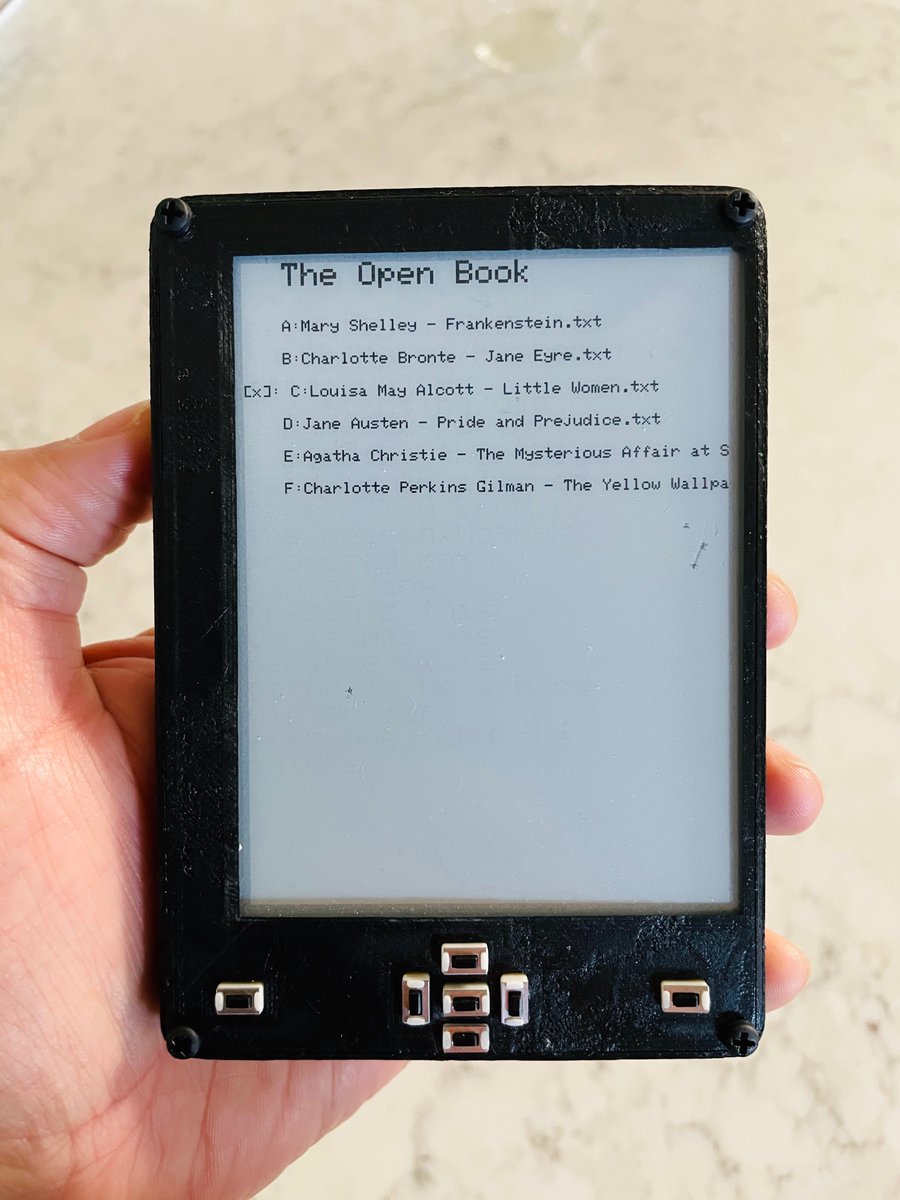
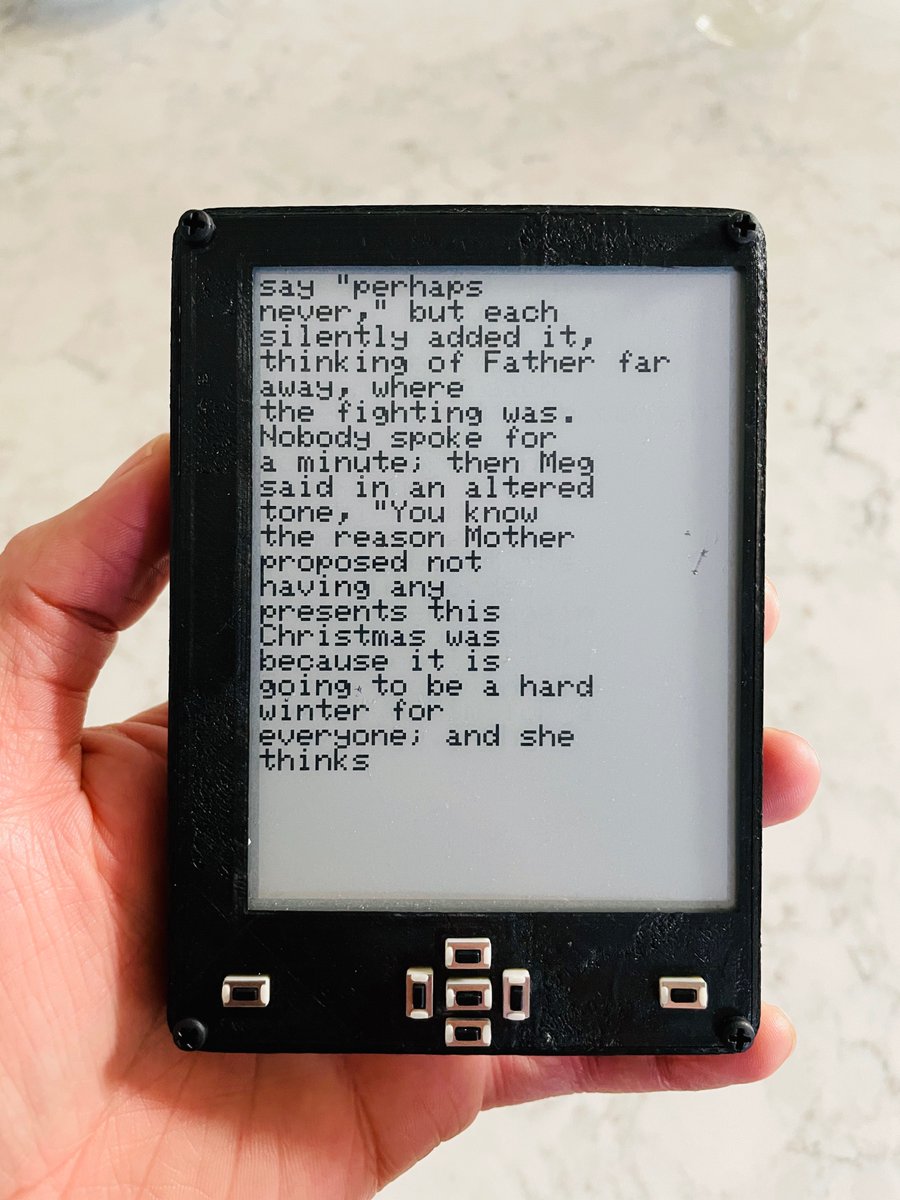
(original)
Replying to @theavalkyrie
we made brownies at like midnight last night, so this is basically my diet for today
(original)
Replying to @arturo182
I had an instructor on a backpacking trip who grew up in the Canadian Rockies; she said that every time she sees a mountain, her first thought is “how would I climb it?”
(original)
I find it funny that while 50% of what I do is all “LOL WILL THIS WORK?” the other half is more “measure twice, cut once.” Anyway. Finished last night: first ESP32-S2 Open Book. Breadboard & paper cutouts vs reality. Lots still to do, but this is how I’m gonna learn the ESP32-S2.
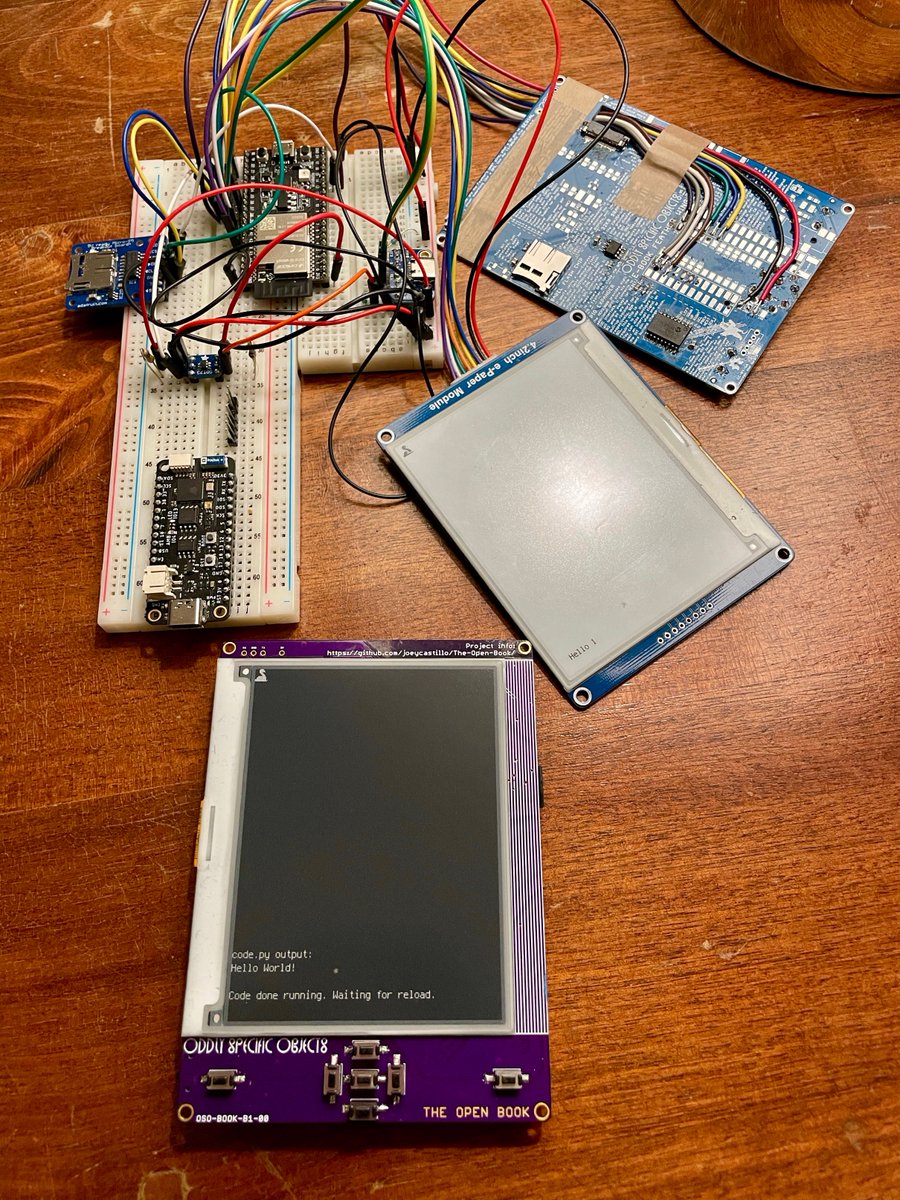
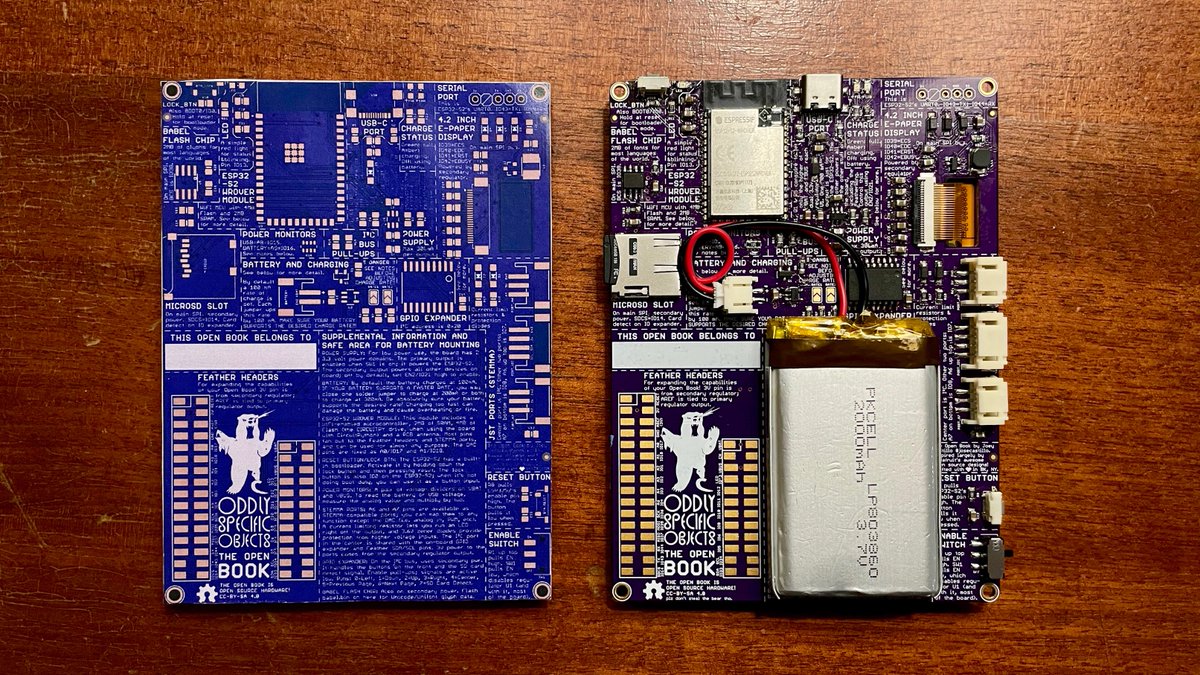
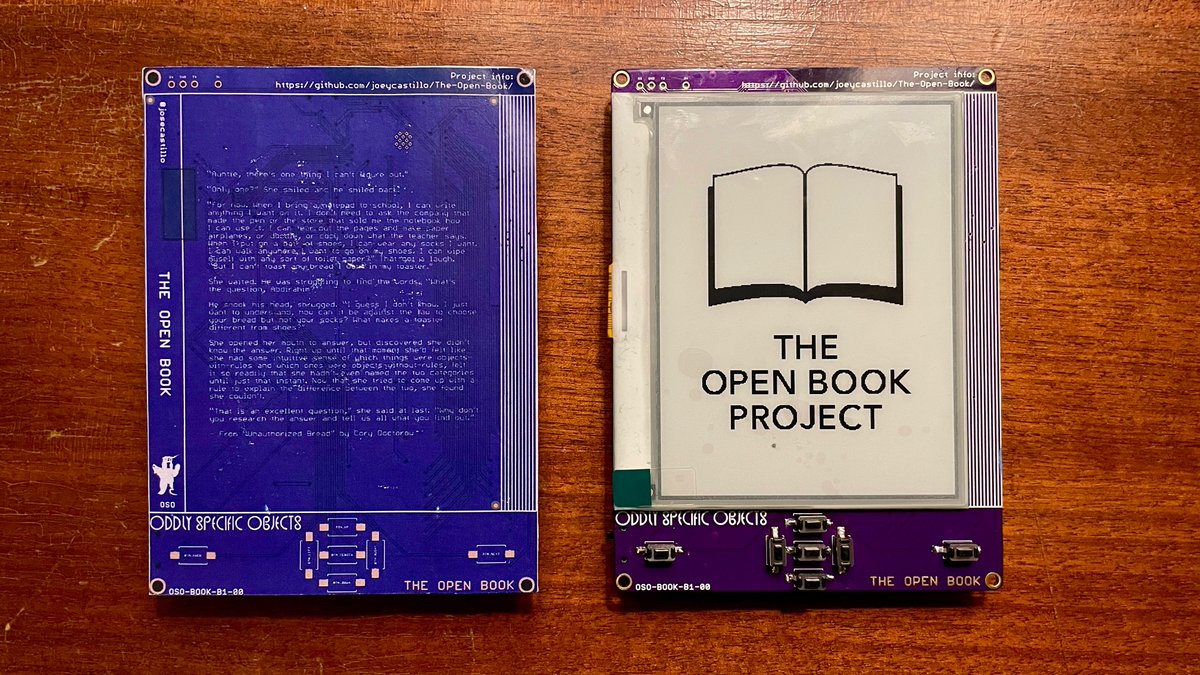
(original)
Replying to @arturo182
There are supposed to be… other reasons?
(original)
assembling another board tonight. purple PCB looking very vaporwave under the microscope :)
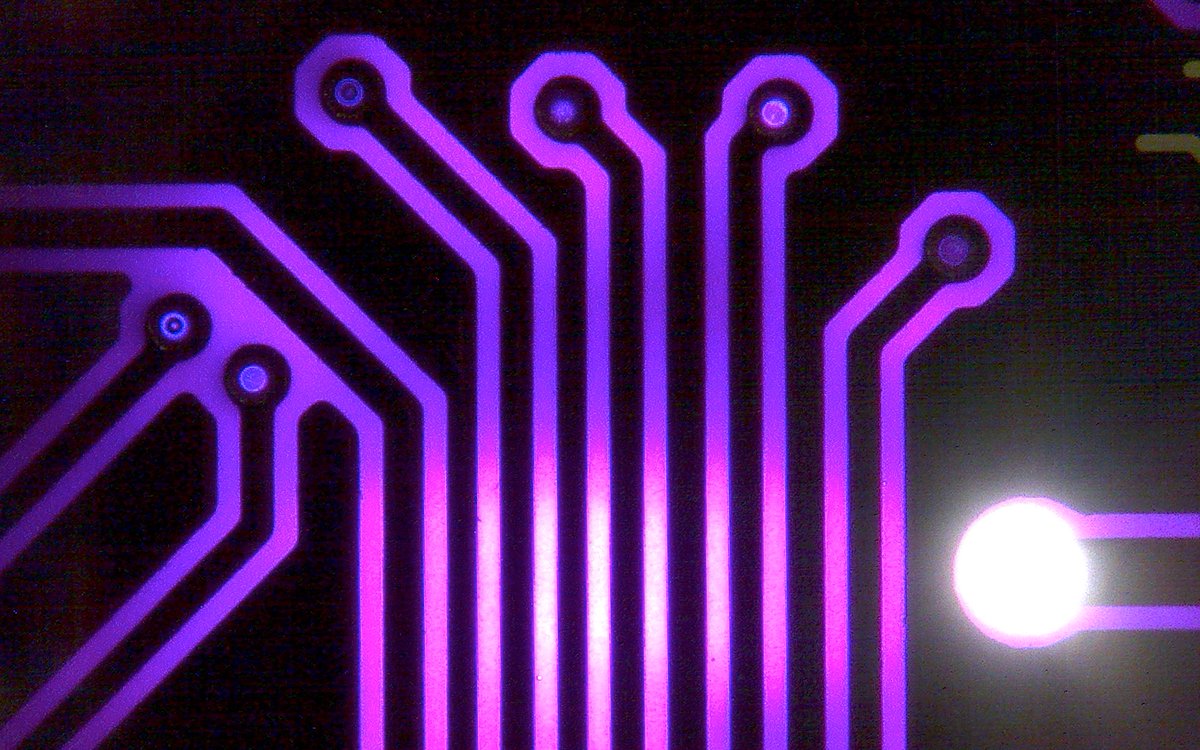
(original)
before any soldering happens, there’s a lot of paper work. Tentative pin mux for the Polycorder, and a paper craft form factor test. I think I’ve arrived at a happy medium between Bert and Ernie. Still unapologetically vertical, though.
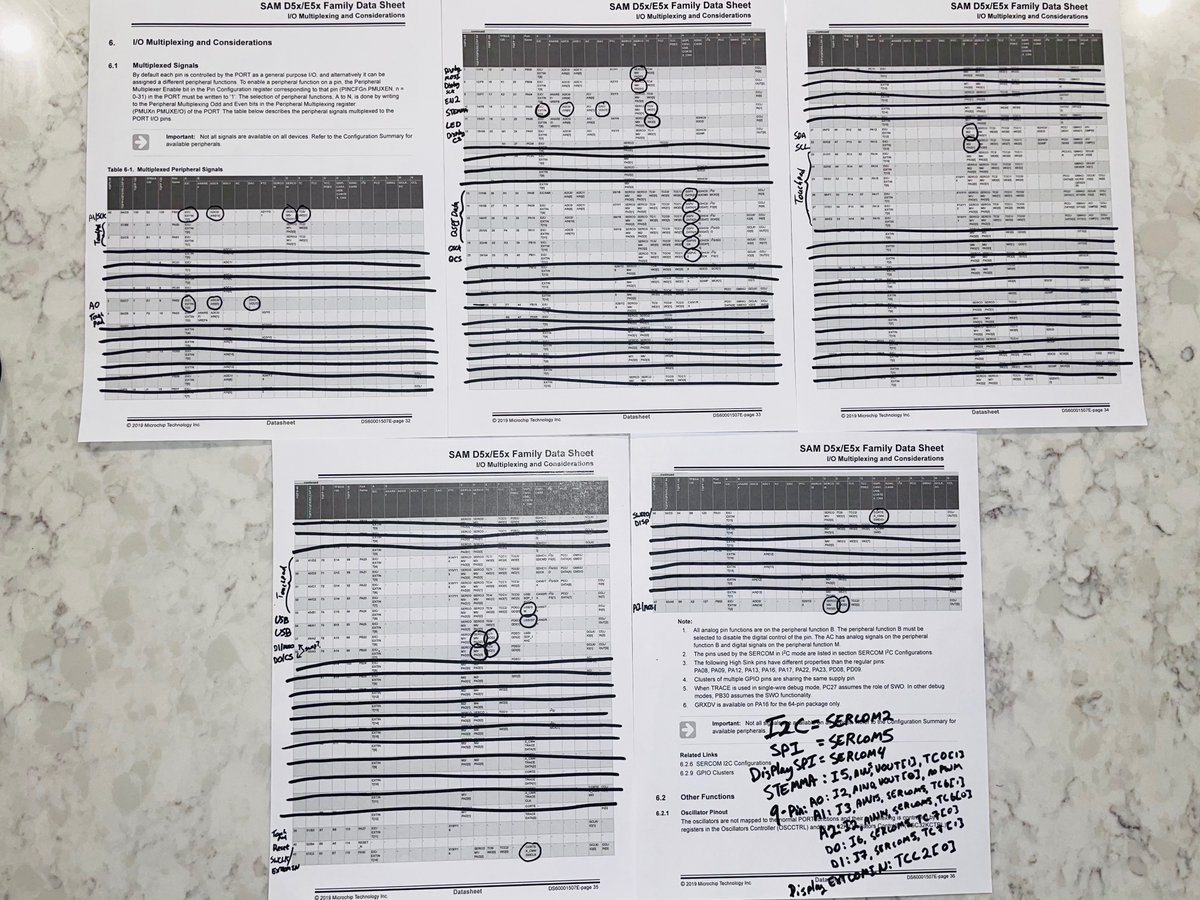
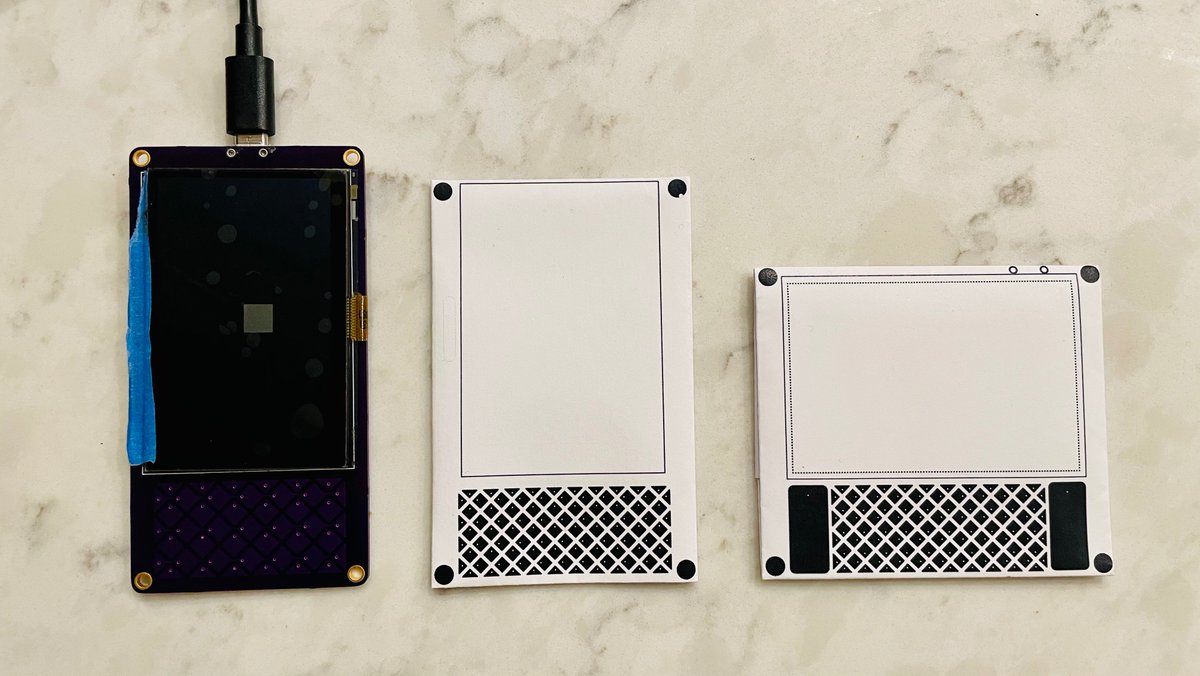
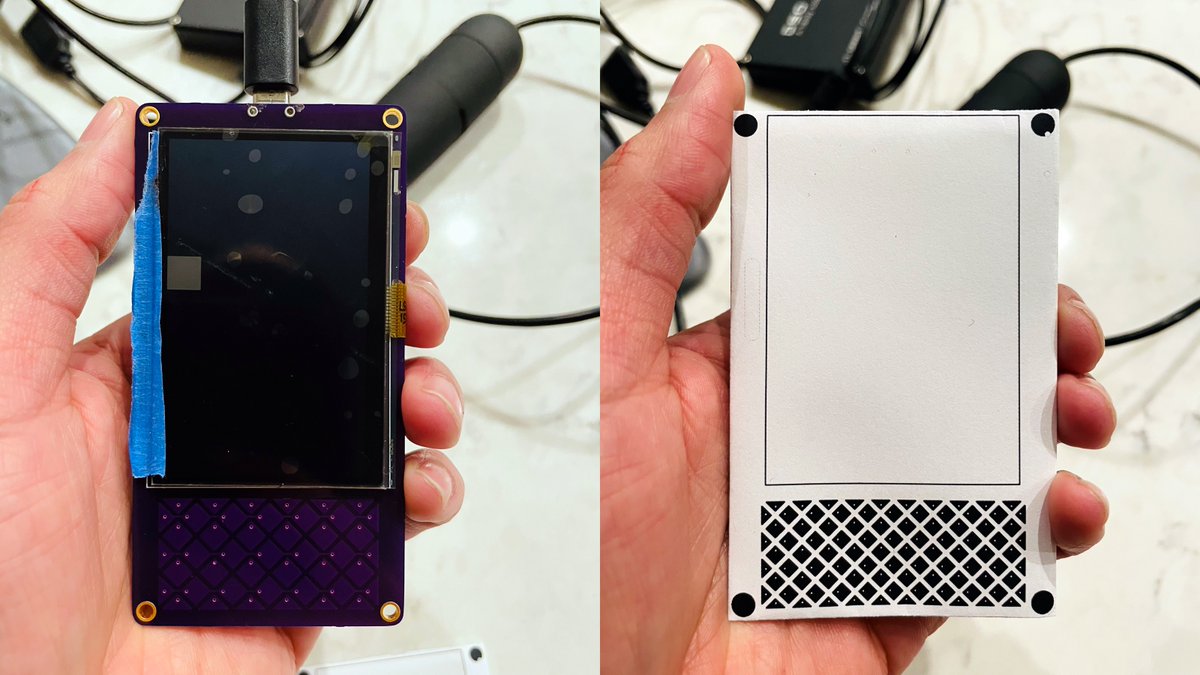
(original)
this criticism is rich coming from the Mr. Pibb of humans https://twitter.com/thehill/status/1338875980027469824
(original)
Replying to @digikey
Y’know, just because I’ve been having a *time* with my homemade power monitoring setup tonight: my #DigiWish is for a 1490-NRF-PPK2-ND :)
(original)
Replying to @RWB93174525, @Hacksterio and @theavalkyrie
Here’s the code, hope I didn’t do anything too egregiously embarrassing. A lot of it is borrowed from the Arduino core’s wiring_analog.c https://gist.github.com/joeycastillo/5336abf99d04b1579085a86cadb5d131
(original)
Replying to @RWB93174525, @Hacksterio and @theavalkyrie
Looks like the number is at the limit of the resolution of my homebrew power monitoring setup, but it’s likely on the order of 200µA. Which is a far cry from 30nA, but not bad for the keep-it-simple solution :)
(original)
Replying to @RWB93174525, @Hacksterio and @theavalkyrie
Yea I figure for sort of general purpose uses this is “good enough”. But! I realized after I did this that the real number is probably lower. The Feather board I’m testing with has a Neopixel on board that can draw up to 1mA even when off, so I’m going to remove it and try again.
(original)
This may not look like much, and it’s probably pretty basic. But this is a 1Hz square wave, sleepwalking while the MCU sleeps, consuming maybe 500µA. I can use it to zatz the Sharp display with no extra parts. (thanks to @theavalkyrie; your post about clocks helped me grok this!)
(original)
Replying to @fast_code_r_us
It’s something I’ve wanted to do but never got around to. I’d be super stoked if you did this! I use my PyRuler to flash bootloaders using Adafruit_DAP, and would love to have cap touch buttons to interact with my sketch.
(original)
Is the Christmas carol “Silver Bells” recursive? The lyric could be “On every street corner you’ll hear: silver bells”, as in actual bells. But it could also be “On every street corner, you’ll hear: ‘Silver Bells’”, the song that you are hearing, right now, on this street corner.
(original)
Replying to @josecastillo
okay NOW we’re cooking with fire. I want to play with circuitpyui on the Polycorder, and the classic example there is an MP3 player. But — dang — I need an SD card for that. Where am I going to find room? Then I remember: the 9-pin connector! I can put it on a second board :)
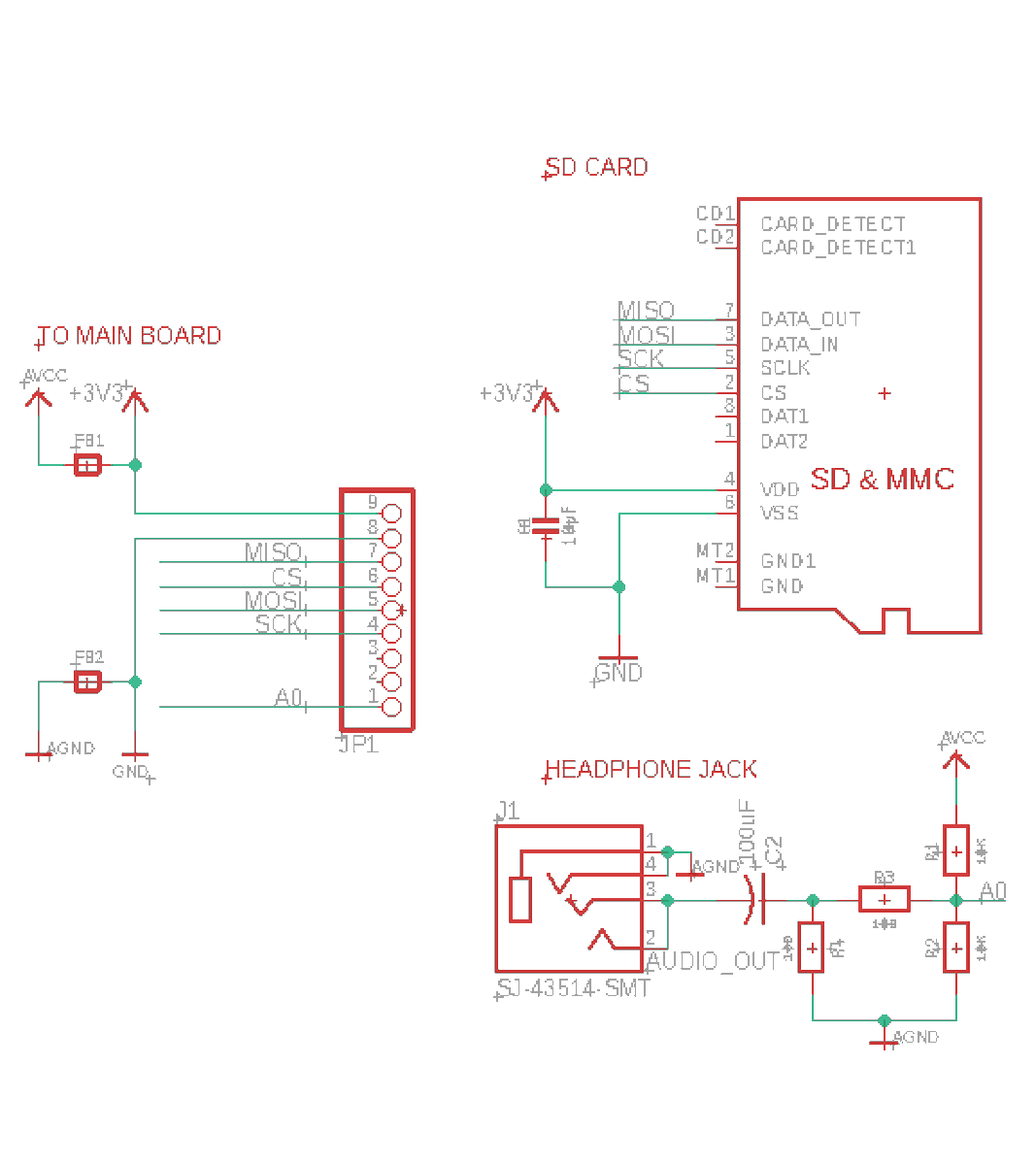

(original)
OMG, I’ve got it, I’ve got the name! (With thanks to @makegeneve for putting me on this track!) It’s a Polycorder. Like, in Star Trek, the Tricorder was a three-function device for sensing and recording data. Polycorder has the same purpose, and can bend itself to many uses. https://twitter.com/josecastillo/status/1338523168500314115
(original)
Replying to @makegeneve
With the speaker port it totally could. This is officially the gadget’s name in my head now (tho of course I can’t call it that without being sued into the Delta Quadrant)
(original)
Replying to @makegeneve
OMG
(original)
Replying to @josecastillo
oh and also: did some testing of the new cap touch method required for the M4. Polling a 14-channel touch matrix 50 times per second consumes some small fraction of a milliamp, and each read takes ~977 µs, which Wolfram Alpha helpfully contextualized for me.
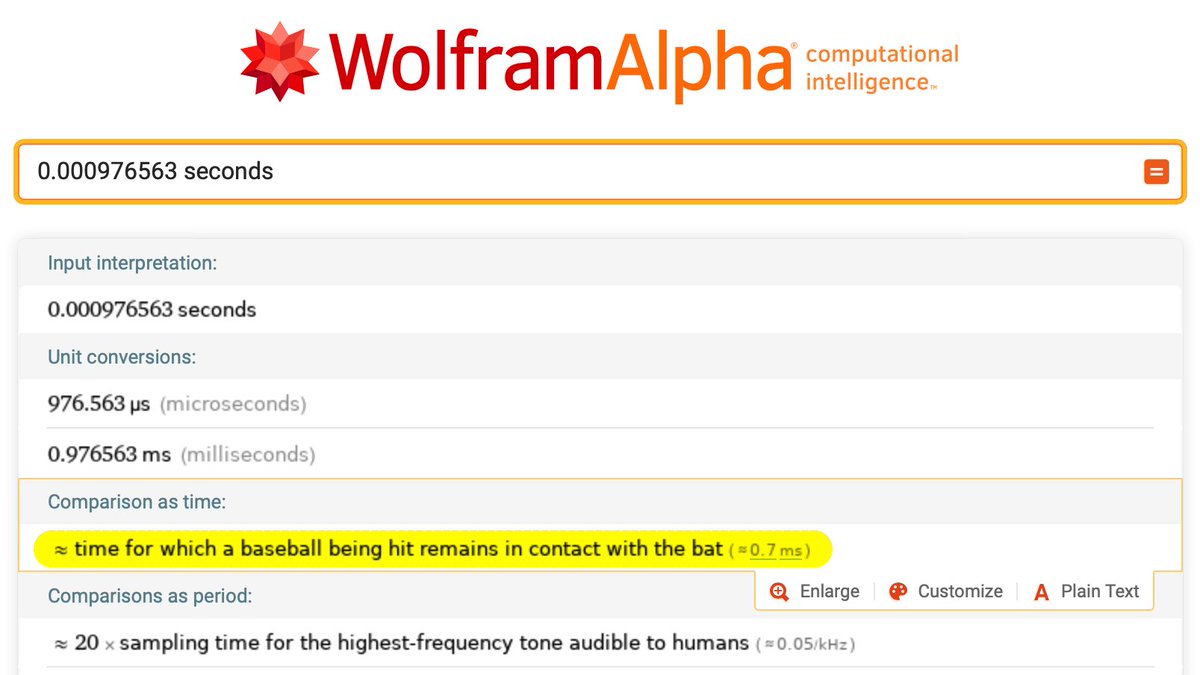
(original)
Replying to @arturo182 and @adafruit
I was considering a lot of cables at first, but in the end I picked this one in large part because Adafruit stocks it for MONSTER M4SK projects! https://www.adafruit.com/product/4350
(original)
Replying to @Hacksterio, @oshpark, @adafruit, @MicrochipMakes and @tomfleet
Next time let me know you’re working on a write-up! this prototype was more than a little half-baked (quarter-baked?) and had a lot of issues, but the second version is going to make a whole lot more sense :)
(original)
Replying to @bitshiftmask and @arturo182
Yep! The D21 was a mistake (hilariously not enough RAM for that display) but once I move to the D51, it should be an interesting platform for displaying all kinds of data. (I think there are even enough pins in the 9-pin to connect an AirLift breakout board for wifi)
(original)
Replying to @josecastillo
The 9-pin: if you’re willing to design your own little PCB, you can have another DAC, I²C, and 4 analog inputs OR an SPI bus. Inspired by the @adafruit MONSTER M4SK, I was using this connector to build a temperature sensing baseball cap, but it’s proven useful for other things.
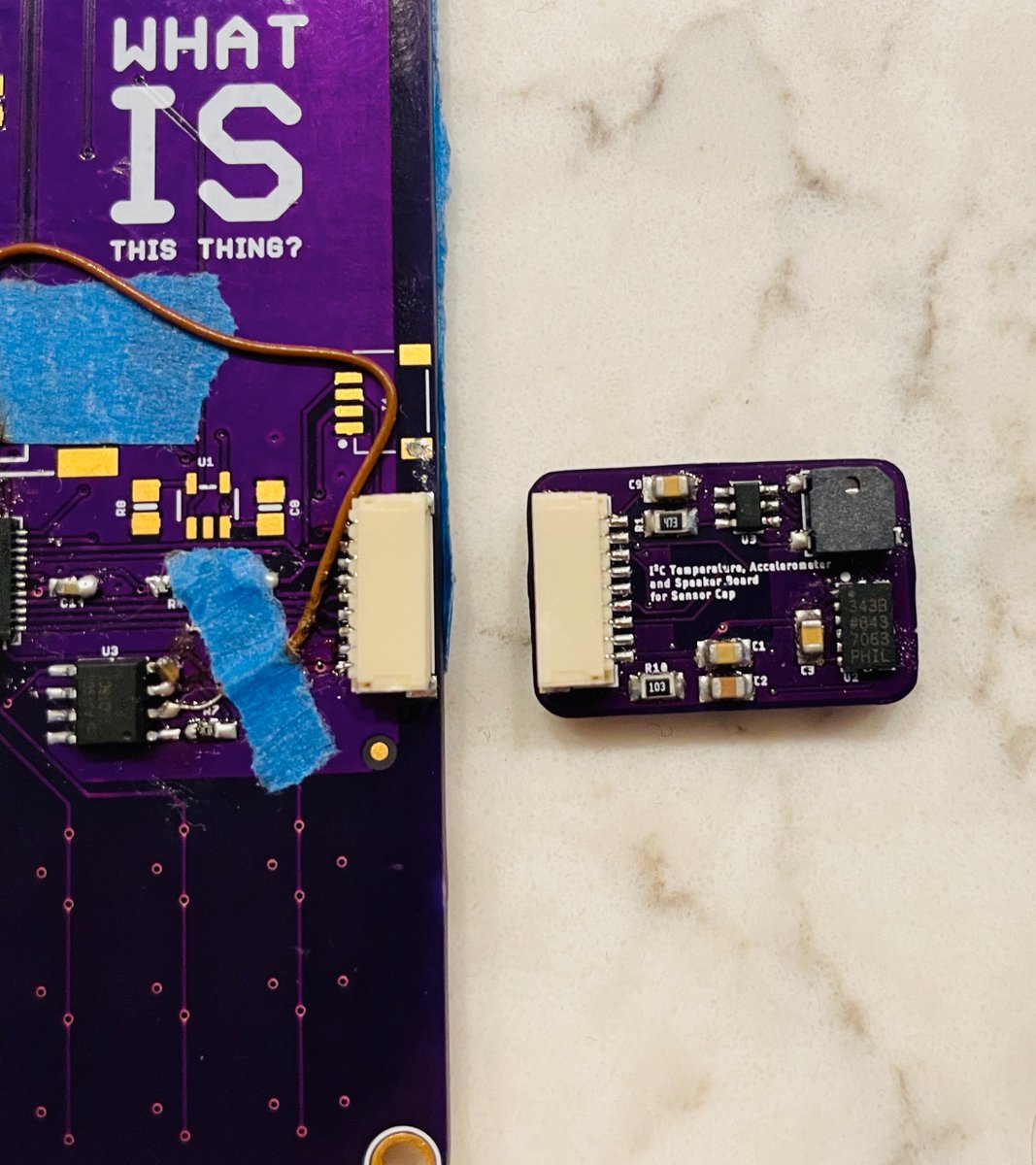
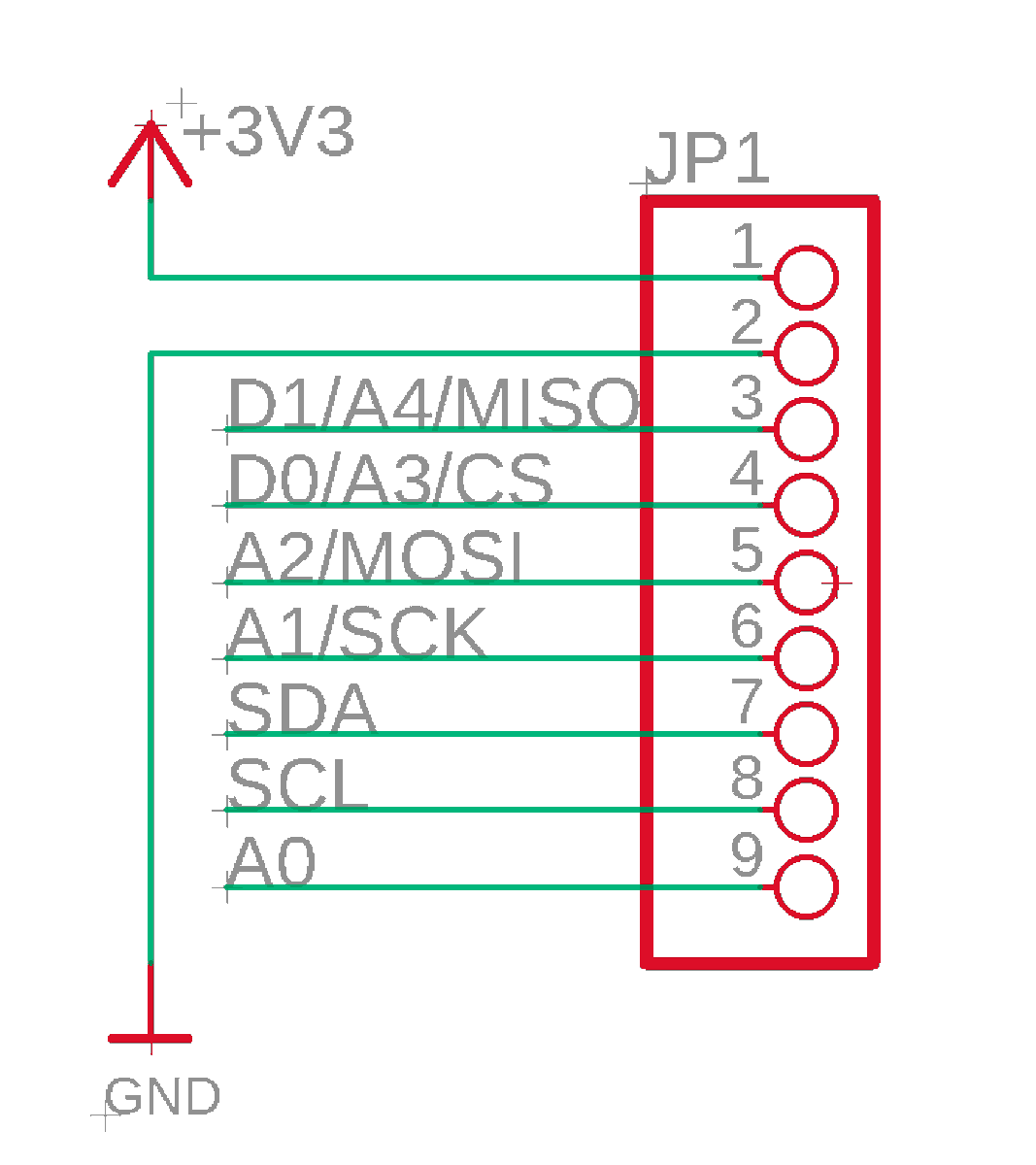
(original)
Replying to @josecastillo
3-pin STEMMA ports are great for pairing one GPIO with power and ground. Moving to the SAMD51 means I’ll have two DAC pins, so one of them could drive a STEMMA speaker like this. Or an external button or pot, indicator light or Neopixel strip.
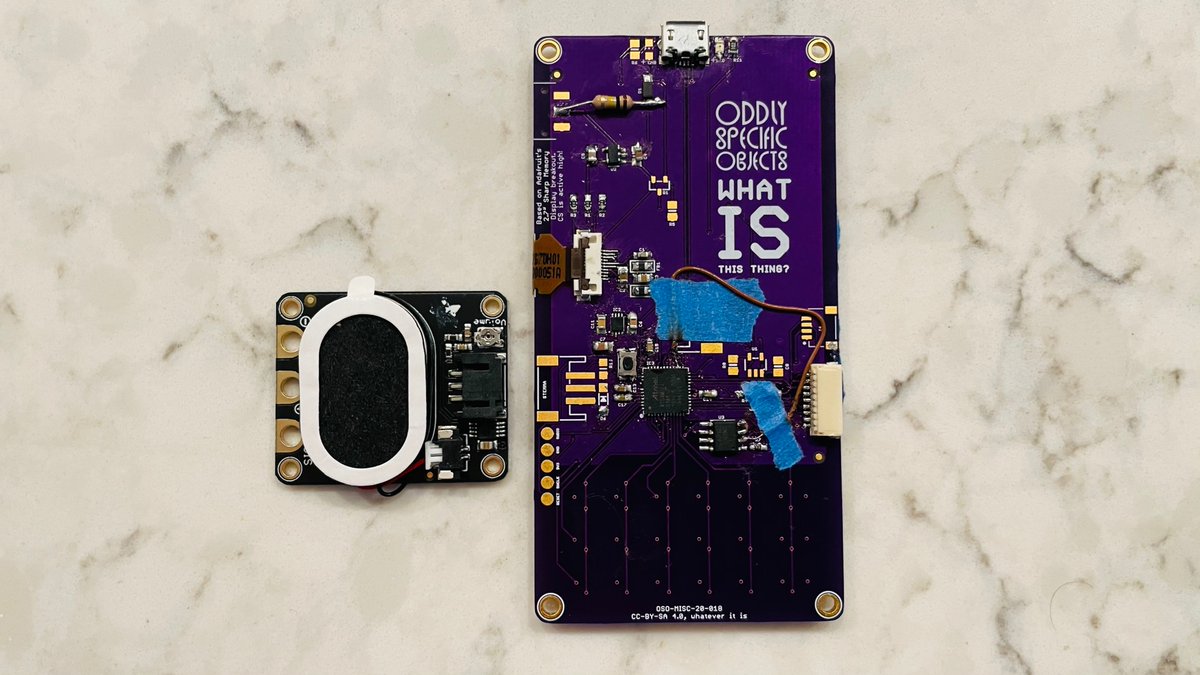
(original)
Replying to @josecastillo
Let’s start from the top of the block diagram: everybody loves STEMMA QT! Plug in a STEMMA QT GPS like this, and it becomes a GPS locator. Daisy chain an I²C temperature sensor, and you’ve recreated my old Hiking Log project, only this time with a big pretty screen for data. 2/
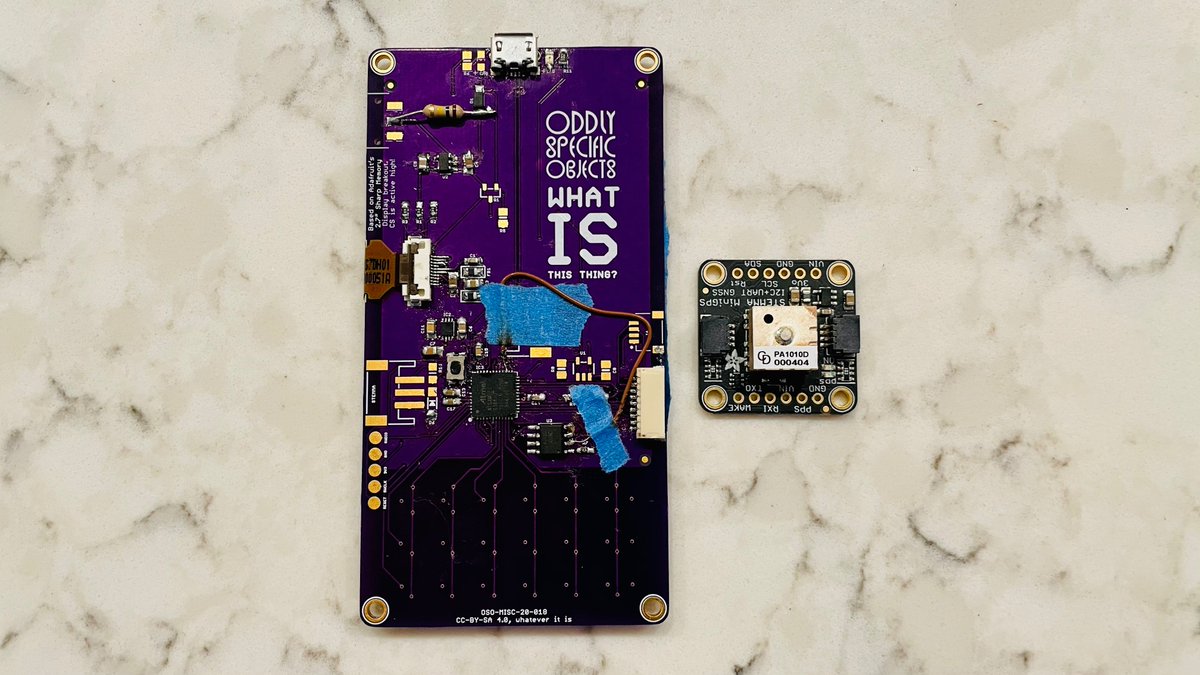
(original)
OK, it’s time to answer the question emblazoned on this prototype’s back: What Is This Thing? I know what it’s for, I just don’t know what to call it. The elevator pitch: it’s a screen for interacting with gadgets, mainly sensors, attached to its many ports. (thread; 1/?)
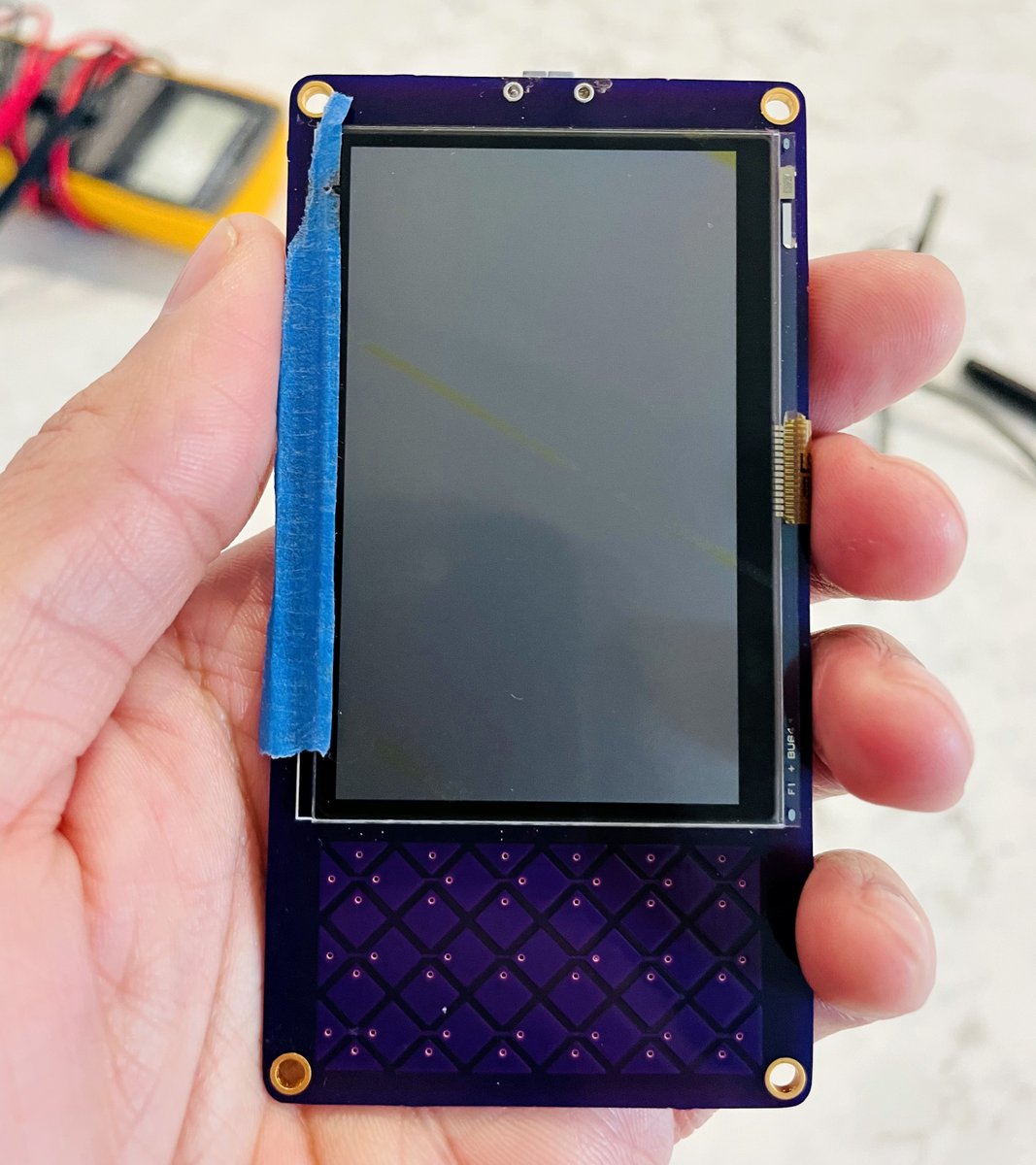
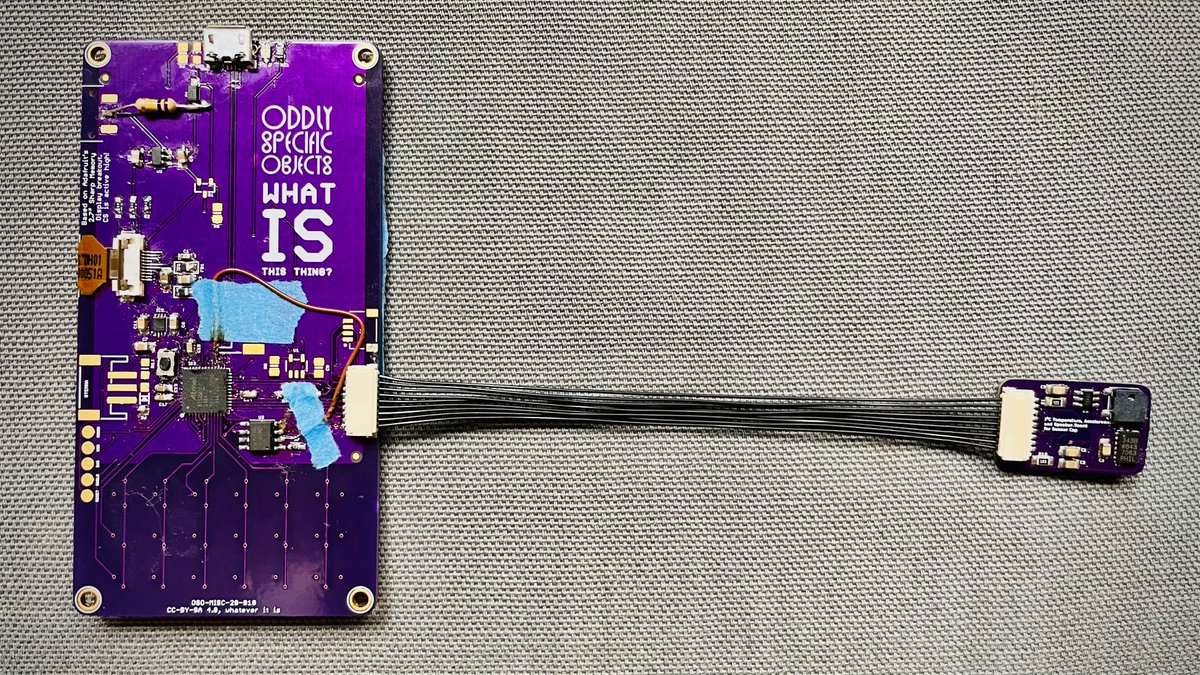

(original)
Replying to @dcelectr
actually, the more I test this, the more I realize, many mistakes were made (I2C pin mux is backwards as well). I might pull that board entirely and replace with a second revision at a later date. Important thing is I learned useful things from it.
(original)
Replying to @dcelectr
This one was on me: I was in a rush and mis-assigned one of the Flash SPI lines to the wrong pin. Normally I don’t edit a board file after I send it to the fab, but in this case I fixed two of my errors to save anyone who downloads that file the headache of bodging my mistakes 😬
(original)
RT @PaintYourDragon: 2020 BLOWOUT

(original)
Does anyone know an easy way to download all documents you’ve uploaded to @Scribd? Backing up some documents I uploaded for a colleague years ago; it’s started rate limiting me & telling me I need a premium account to download things I uploaded myself, which, WOW. /cc @AskScribd

(original)
Replying to @joshu
I don’t know why but when I read this the (fictional) word “sonder” is the first thing that came to mind https://www.dictionaryofobscuresorrows.com/post/23536922667/sonder
(original)
Replying to @josecastillo
Ah, hmm, close, but probably close enough. MCU has 256 KB of Flash, and then there’s there’s a 512 KB Flash chip on a spare SERCOM. this would be an interesting chip for CircuitPython + low bandwidth wireless stuff.
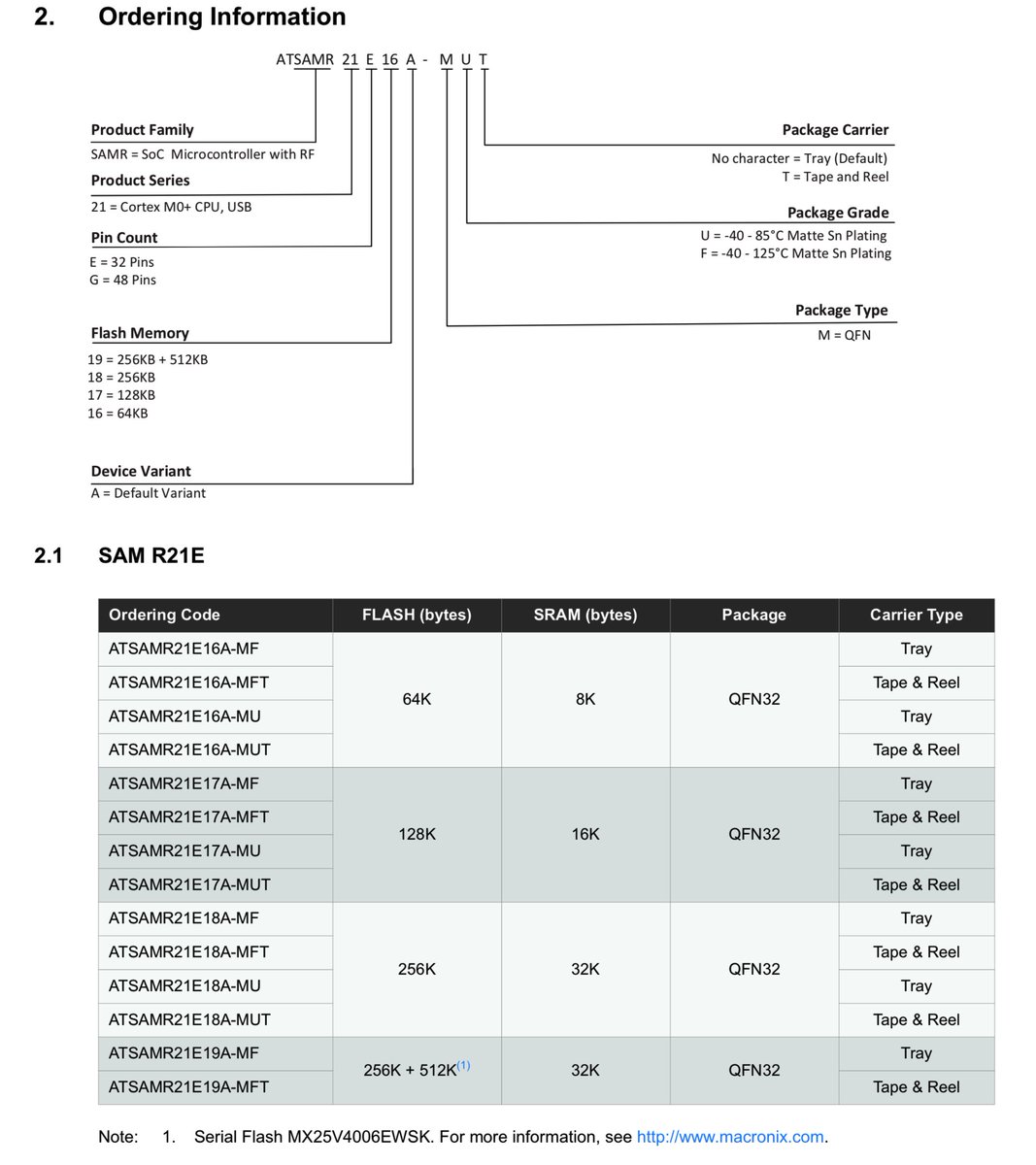
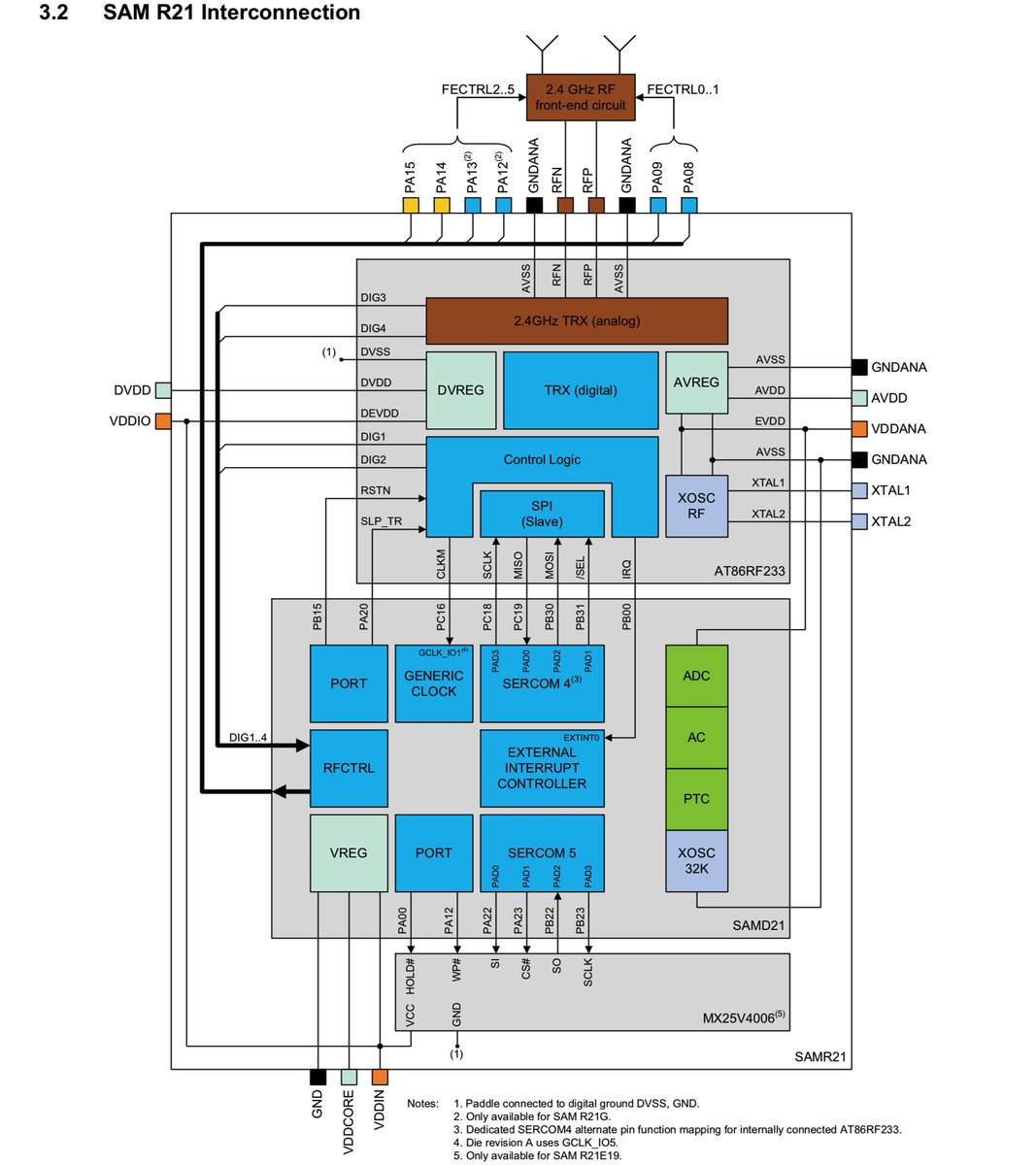
(original)
Replying to @GregDavill
happy advent! Also I started down this rabbit hole when someone mentioned the SAMR in the thread about your arm-watch :)
(original)
hmm! I don’t have the free bandwidth (or the RF engineering chops) to do this, but while playing around today, noticed that the SAMR21E19A has *exactly* a QT Py’s worth of GPIO. (and if I’m reading this datasheet correctly, 768 kb of integrated SPI Flash?) https://ww1.microchip.com/downloads/en/DeviceDoc/SAM-R21_Datasheet.pdf
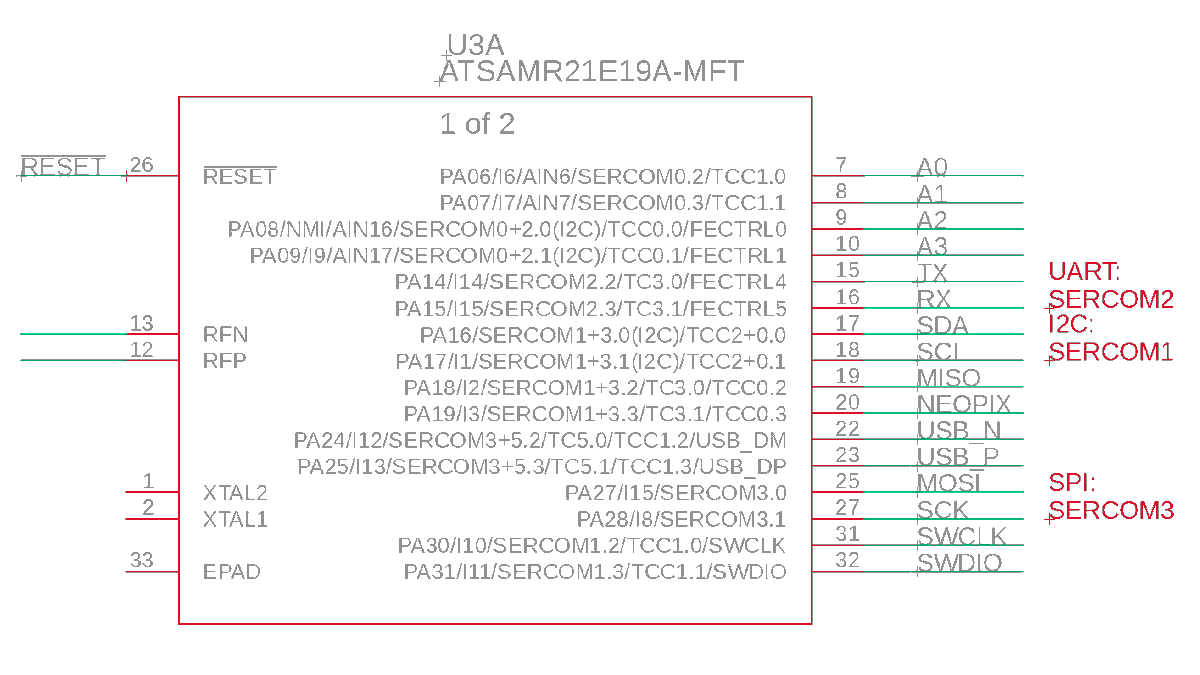
(original)
updating an old script today; ran across this line that made me smile.

(original)
Replying to @theavalkyrie
pico game on point!
(original)
Replying to @tomfleet, @adafruit, @PatternAgents and @MicrochipMakes
So many possibilities, so little time!
(original)